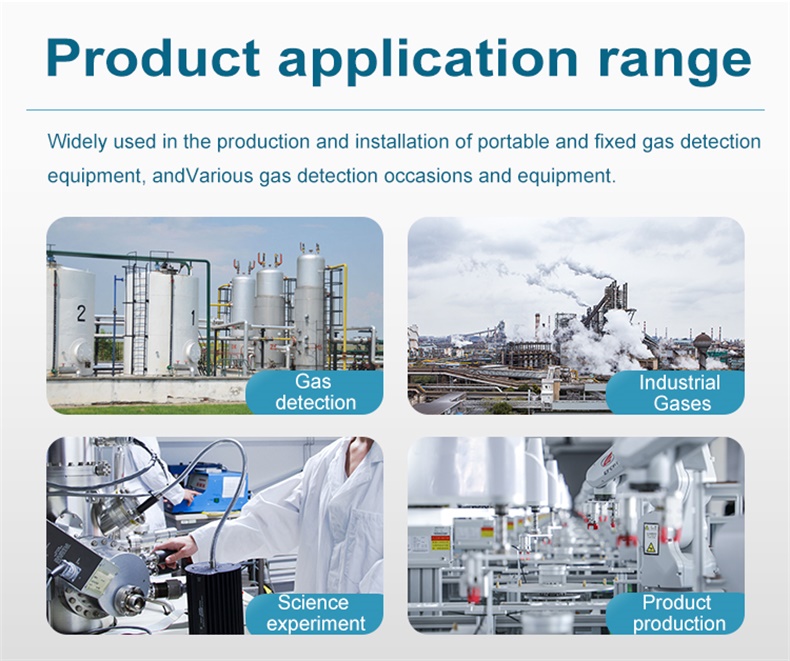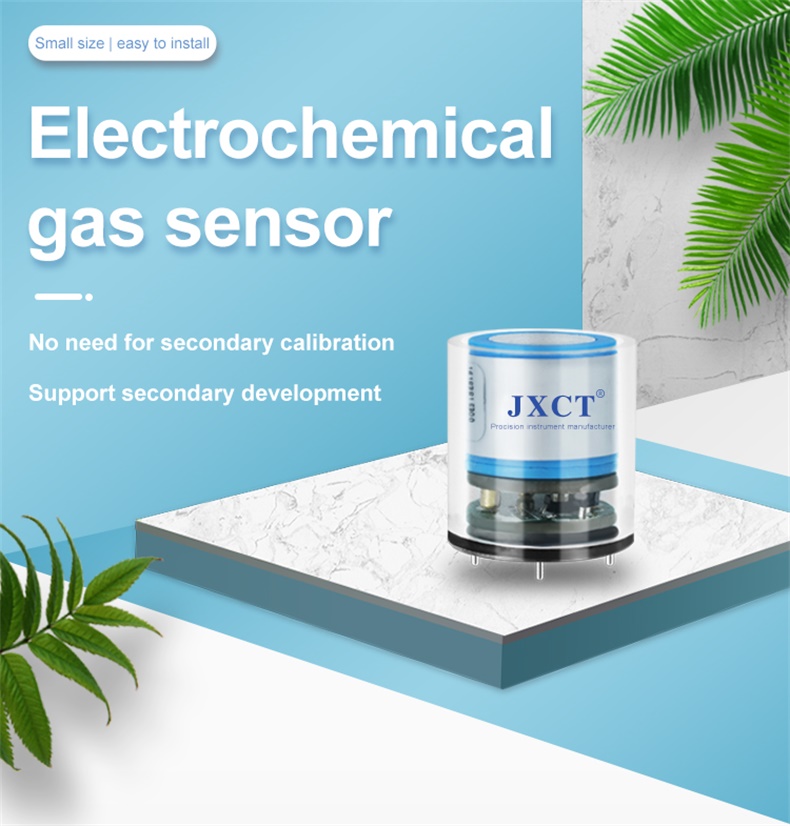As cities around the world strive to become smarter and more sustainable, the need to monitor and control air quality has become increasingly vital. Poor air quality poses significant health risks and environmental challenges. To address this issue, gas sensor technology is emerging as a key tool in building smarter cities. In this article, we will explore the potential of gas sensor technology in creating healthier and more livable smart cities.

Understanding Gas Sensor Technology:
Gas sensors are devices that detect and measure the presence and concentration of various gases in the atmosphere. These sensors are typically equipped with a microcontroller, which processes the collected data and provides real-time feedback. Gas sensor technology can detect a wide range of gases, including pollutants such as carbon monoxide, nitrogen dioxide, ozone, and volatile organic compounds (VOCs).
Benefits of Gas Sensor Technology in Smart Cities:
a) Public Health Monitoring:
One of the primary benefits of gas sensor technology is its ability to monitor air quality levels in real-time. By deploying gas sensors throughout a city, local authorities can gather accurate data on pollutant concentrations and identify areas with poor air quality. This information enables timely interventions to mitigate health risks and provides the public with essential knowledge about their immediate environment.
b) Environmental Protection:
Gas sensor technology plays a critical role in environmental protection by detecting and monitoring harmful emissions. It helps identify pollution sources, enabling policymakers and city planners to implement targeted measures to reduce emissions. By tracking changes in air quality over time, cities can assess the effectiveness of environmental policies and make necessary adjustments.
c) Early Warning Systems:
Gas sensors can serve as early warning systems for potential hazards. By continuously monitoring gas concentrations, they can detect abnormal increases or hazardous levels of gases. This early detection allows authorities to respond quickly to prevent accidents or protect citizens from exposure to toxic gases in emergency situations.
d) Traffic Management:
Gas sensor technology integrated into smart traffic management systems can monitor vehicle emissions and congestion levels. By analyzing real-time data, city officials can optimize traffic flow, reduce congestion, and minimize pollutant emissions in heavily congested areas. This not only improves air quality but also enhances overall transportation efficiency.

e) Urban Planning and Design:
Gas sensor data can provide insight into the impact of urban planning and design decisions on air quality. By understanding how different factors such as building density, green spaces, and transportation infrastructure influence air pollution levels, city planners can make informed decisions to create healthier and more sustainable urban environments.
Challenges and Considerations:
While gas sensor technology holds immense potential for smart cities, there are several challenges and considerations that need to be addressed:
a) Sensor Accuracy and Calibration:
Ensuring the accuracy and calibration of gas sensors is crucial for reliable data collection. Sensors must be properly calibrated to provide precise measurements. Regular maintenance and calibration checks are necessary to ensure optimal performance and avoid false readings.
b) Data Integration and Analysis:
Integrating data from multiple sensors and analyzing the vast amounts of collected data can be complex. Effective data management systems and analytics tools are required to process and interpret the data accurately. Machine learning algorithms can play a crucial role in identifying patterns and trends in the collected data.
c) Placement and Coverage:
Strategic placement of gas sensors is essential to achieve comprehensive coverage of a city. Sensors should be strategically located in areas with high pollutant concentrations, near industrial sites, major transportation routes, and public spaces. Achieving adequate coverage across a large geographical area can be challenging and may require a significant investment in sensor deployment.
d) Privacy and Data Security:
Collecting real-time data on air quality raises concerns about privacy and data security. Measures must be taken to ensure that personal information is protected, and data is securely stored and transmitted. Transparency and clear communication with the public about data usage and privacy are crucial to building trust in gas sensor technology.
Future Directions:
Gas sensor technology is continually evolving and holds great promise for smart cities. Here are a few potential future developments to watch:
a) Miniaturization and Energy Efficiency:
Advancements in sensor technology are leading to smaller, more energy-efficient gas sensors. Miniaturized sensors can be integrated into wearable devices or personal air quality monitors,







